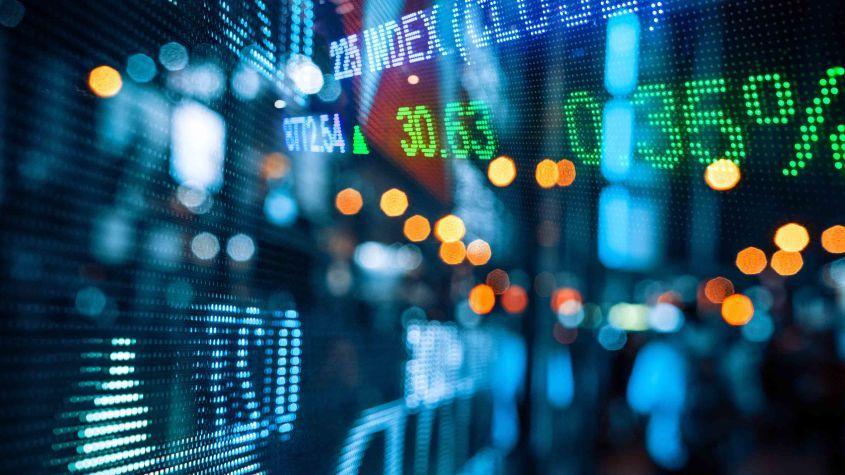
U.S. stocks climbed on Monday as the market recouped some of the steep losses caused by the Federal Reserve’s policy shift.
The Dow Jones Industrial Average jumped 586.89 points, or nearly 1.8%, to 33,876.97 to post its best day since March 5. The blue-chip benchmark rebounded from what was its worst week since October. The S&P 500 gained 1.4% to 4,224.79, sitting within 1% from its record high after Monday’s comeback rally. The Nasdaq Composite was the relative underperformer with a 0.8% gain to 14,141.48 as some key tech names including Amazon, Tesla, Nvidia and Netflix registered losses.
Commodity stocks that were hit hard last week led the market comeback on Monday as the S&P 500 energy sector rallied. Devon Energy climbed nearly 7%, while Occidental Petroleum rose about 5.4%. Reopening plays including Norwegian Cruise Line and Boeing both climbed more than 3%. Banks, including JPMorgan, Bank of America and Goldman Sachs, also rebounded. The small cap Russell 2000 jumped more than 2%.
These sectors tied to the economic recovery led last week’s sell-off in stocks. The S&P 500 financials and materials sectors lost more than 6% on the week, while energy fell more than 5% and industrials dropped more than 3%.
U.S. stocks fell last week as investors digested new economic projections from the Fed and worried rate hikes could come sooner than expected. The central bank last Wednesday raised its inflation expectations and forecast rate hikes in 2023.
“The Fed inspired sell off looks like it was overdone,” said Fiona Cincotta, senior financial markets analyst at City Index. “The Fed’s sudden hawkish shift last week, with two interest rate hikes now expected in 2023 caught the market off guard.”
St. Louis Fed President Jim Bullard told CNBC Friday that it was natural for the central bank to tilt a little more “hawkish” and saw higher interest rates as soon as 2022.
The Dow dropped about 3.5% last week, while the S&P 500 and Nasdaq dipped 1.9% and 0.2%, respectively, on the week.
“The Fed’s ‘surprise’ move toward tapering that took markets lower last week is just the moment of recognition for a tightening trend that began months ago,” Mike Wilson, chief U.S. equity strategist, said in a note. “When combined with the peak rate of change in economic and earnings revisions, it sets up a more difficult summer.”
The U.S. market on Monday was resilient in the face of an overnight drop in Asian markets and a big decline in bitcoin. Japan’s Nikkei 225 fell as much as 4% at one point on Monday with automakers Nissan and Honda leading the way. It closed 3.3% lower.
Meanwhile, bitcoin slipped more than 7% to $32,500 as China continued its crackdown on cryptocurrency mining.
The Treasury yield curve flattened last week, hitting banks and sending a signal of a potential economic slowdown. The yields of shorter-term Treasurys, like the 2-year note, rose — reflecting expectations of the Fed raising rates. Longer-term yields, like the 10-year note, retreated — a sign of less optimism toward economic growth.